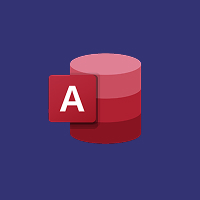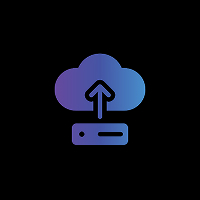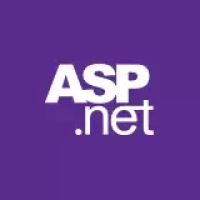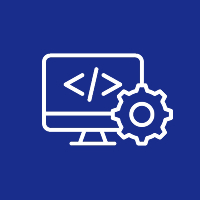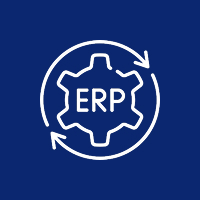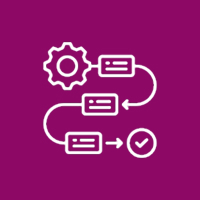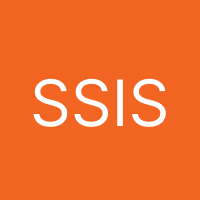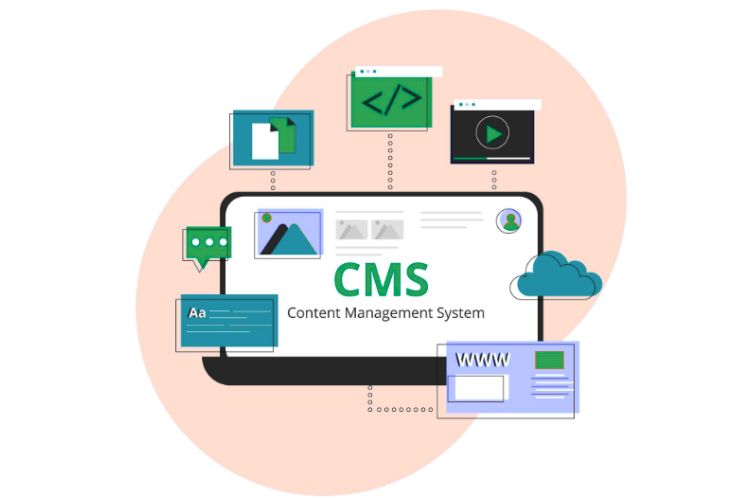Code coverage is an integral part of software testing and gives developers an understanding of how exercised their code is via tests. Using quality code coverage tools when working in .NET could improve test quality, generate a list of untested paths through the code, and enhance testing reliability for your application in general. All applications are increasing in complexity and quality test coverage is paramount in keeping our codebases stable and keeping the number of bugs in production low.
Why is Code Coverage important?
- Identify Gaps in Testing: Discover untested areas of your application and ensure your most critical code paths are tested.
- Improve OurCode Quality: Higher test coverage usually correlates with stronger and more maintainable code.
- Reduce Bugs and Defects: Identify untested edge cases that might create bugs.
- Enable Refactoring: More comfort in refactoring code because more of the scenarios have tests.
- Support Continuous Integration/ Delivery: Automated coverage reports can help ensure quality goals in CI/CD pipelines.
Widely Used .NET Code Coverage Tools
Visual Studio Enterprise
Visual Studio Enterprise has built-in code coverage tools that deliver a level of detail about your codebase. VS produces a number of detailed graphical reports that help to locate untested code. Also, Visual Studio supports popular testing frameworks such as MSTest, NUnit, and xUnit. Developers enjoy the fact that they can run coverage from the IDE directly, which leads to an effective and convenient coding experience.
Coverlet
Coverlet is an open-source, cross-platform code coverage library designed specifically for .NET Core and further .NET versions such as .NET 5 and .NET 6. With coverlet, you can output results in a format of your choice, including Cobertura and OpenCover, which allows you to integrate smoothly with many popular CI/CD pipelines. You can run coverlet by using the dotnet test tooling command line, or by integrating it within build pipelines, which are ideal for modern, cross-platform development practices.
OpenCover
OpenCover is a well-established, open-source code coverage tool for .NET Framework applications. It supports various testing frameworks, including NUnit, MSTest, and xUnit, and outputs detailed coverage reports compatible with report generators such as ReportGenerator, which provide visual representations to developers of their test coverage and help pinpoint areas that lack testing.
dotCover
dotCover, a JetBrains product, has enhanced coverage analysis features with excellent integration into JetBrains Rider, ReSharper, and Visual Studio. It allows for real-time coverage and detailed reports with continuous testing workflows. dotCover’s seamless integration and reporting capabilities makes for easy functionality and is a preferred tool by many professional developers employed in enterprise capacities.
NCover
NCover is a commercial coverage tool designed for projects at the enterprise-scale. It is supports an enterprise view of advanced analytics and customizable reports and supports a wide variety of testing frameworks. In addition, NCover integrates with many build systems and CI pipelines, enabling developers to gather coverage metrics consistently throughout the development lifecycle.
Selecting the Best Tool
When selecting a code coverage tool, here are some things to think about concerning your specific context, such as size of project, the development environment/IDE you are using, the platform you are supporting, and the budget you have:
- For a small to medium size project, or a sole developer: Visual Studio Enterprise (if available), Coverlet, or OpenCover, will serve you well in this space.
- If you are performing cross-platform development: Coverlet is best as it works with both .NET Core and .NET 5/6 (and beyond).
- For enterprise environments: Licensed tools (especially as a company use) like dotCover or NCover, as they provide additional features, support, and have extensive integration abilities.
Best Practices for Effective Code Coverage
Have a goal where coverage is meaningful, rather than concentrating solely on volume of coverage. Spend more time on important or complex code paths.
- Adding coverage analysis to your CI/CD pipelines may be one way to help you with maintaining consistent code quality.
- Review and utilize coverage reports regularly to identify gaps and cracks more effectively.
- Use mutation testing and property-based testing alongside of your code coverage tools to provide even better test verification.
- Have a balance on coverage targets versus quality of tests. Writing tests that provide test coverage but no value (working or real-world scenario) do not add even to your coverage metrics.
Conclusion
Code coverage tools are effective in a high-quality, reliable software development process. By identifying areas of untested code, enhancing test suites, and promoting good testing practices, these tools can be beneficial. Selecting the appropriate tool for your task and applying good practices can improve your testing process, decrease bugs, and create stronger applications.
Contact Us Today
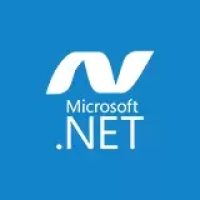

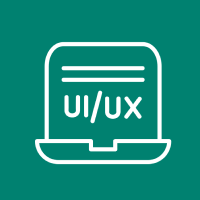
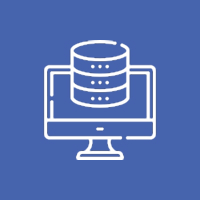




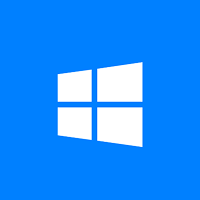




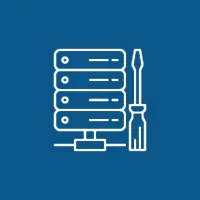 Database Development
Database Development




